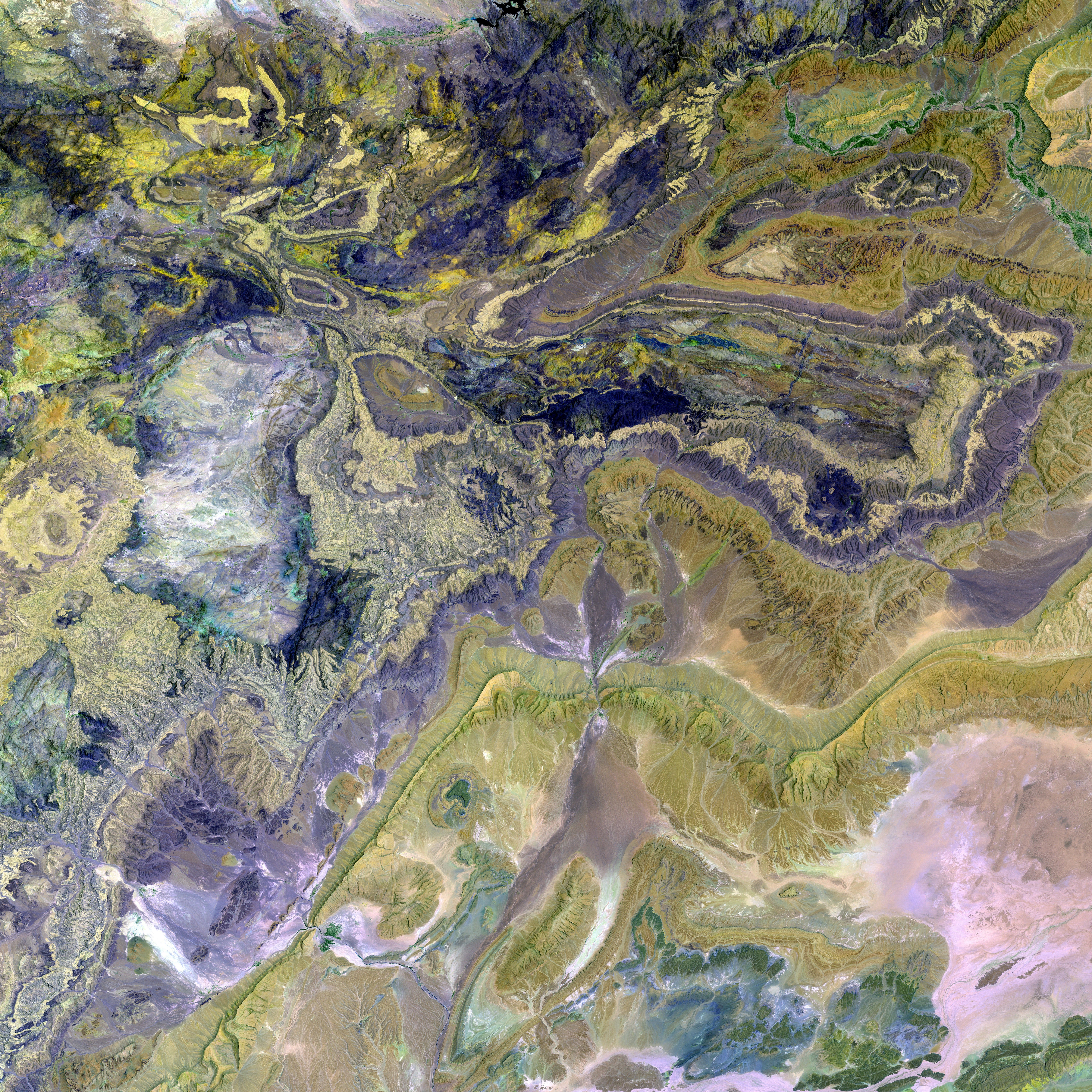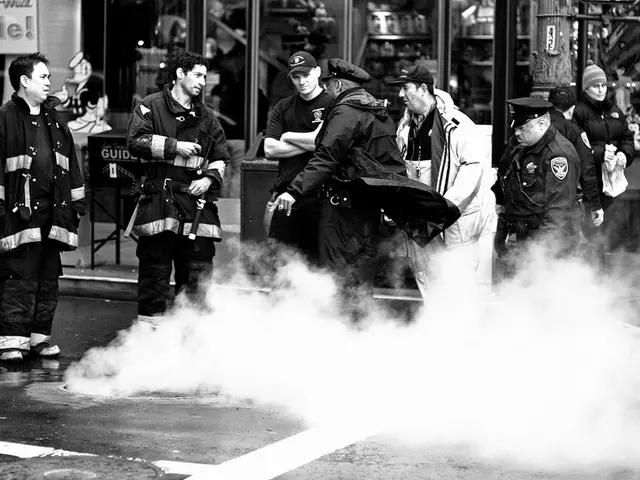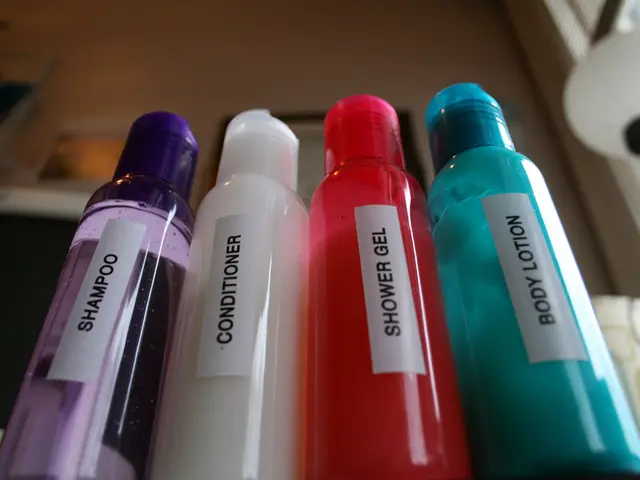Differentiating Age Spots from Skin Cancer: Recognizing Symptoms and Signs
Age Spots vs. Skin Cancer: Differences, Symptoms, and Treatments
Welcome! In this article, we'll clarify the differences between age spots and skin cancer, discuss their symptoms, and cover the treatment options for both conditions.
Age Spots and Skin Cancer: Key Differences
Age spots and skin cancer can sometimes look alike, but there are significant differences to keep in mind. While both conditions develop on the skin, age spots are harmless while skin cancer is not.
Age Spots
Age spots, known as solar lentigines or liver spots, are dark patches that appear on the skin. They have a flat, smooth texture and are usually brown, yellow, or gray. These spots are caused by the body producing excess melanin to shield the skin from UV radiation. Unlike skin cancer, age spots don't require treatment unless desired for cosmetic purposes.
Skin Cancer
Skin cancer denotes various types of cancer that develop on the skin. The three most common types are basal cell carcinoma, squamous cell carcinoma, and melanoma. Skin cancer is caused by UV radiation or other factors damaging skin cells, leading to uncontrolled cell growth. Unlike age spots, all types of skin cancer can spread to other parts of the body and should be treated immediately.
Comparing Age Spot and Skin Cancer Symptoms
There are noticeable differences in the symptoms between age spots and skin cancer, which can help you identify if a condition requires further evaluation.
Age Spots Symptoms
- Flat and smooth
- Yellow, brown, or gray
- Clearly defined borders
- Between millimeters to centimeters in size
- On sun-exposed areas, such as the face, hands, shoulders, feet, arms, and back
These spots may fade during winter but get more prominent in summer.
Skin Cancer Symptoms
- Asymmetrical shape
- Blurred or ragged edges
- Changing size, color, or shape
- Multiple colors on the same spot
- Red, pink, blue, purple, black, or brown coloring
- Raised, red patches or redness that doesn't fade
- Pale or yellow firm patches similar to scars
- Pain, itching, oozing, or bleeding
- Crusty or scaly patches
- Raised edges that lower in the middle
Watch Out for Actinic Keratosis
Actinic keratosis is a precancerous growth caused by UV radiation damage. While it may resemble an age spot, it can turn into skin cancer if left untreated. Signs of actinic keratosis include:
- Raised, rough, or scaly patches
- Pink, gray, or skin-colored patches
- Flat scaly patches that resemble age spots
- Scaly, rough bumps that appear in clusters, similar to acne
- Pale or scaly patches on the lips
- Horn-like growths
When to Consult a Doctor
You should consult a doctor if you notice any unusual skin changes or variations from what you usually see. Diagnosing skin cancer early makes treatment easier and increases the chances of a positive health outcome. Be on the lookout for:
- Changes in color, shape, size, or location
- Marks that look different compared to other marks on the skin
- Itching, scabbing, or bleeding that doesn't heal within 4 weeks
Diagnosis
A doctor or dermatologist will perform a physical examination to diagnose age spots. If they are unsure based on the exam, they may perform a skin biopsy to test for other conditions like skin cancer or actinic keratosis.
Treatments: Age Spots vs. Skin Cancer
Treatment for age spots is usually cosmetic, aimed at reducing their appearance. Potential treatments include:
- Creams or lotions
- Laser treatments
- Cryosurgery
- Microdermabrasion
- Chemical peeling
Skin cancer treatment depends on the type, stage, and individual circumstances. Possible treatments include:
- Surgical removal (for basal cell and squamous cell cancers)
- Topical therapies
- Radiation therapy
- Chemotherapy
- Immunotherapy
- Systemic medication
Stay informed about the differences between age spots and skin cancer, and seek medical advice promptly if you notice any unusual skin changes. Regular screenings for skin cancer are essential as they help maintain your health and wellbeing!
- In the field of dermatology, understanding the differences between age spots and skin cancer is crucial for seniors, as both conditions can often resemble each other.
- Age spots, or solar lentigines, are benign and may appear as brown, yellow, or gray flat spots on sun-exposed areas, while melanoma, a type of skin cancer, can exhibit multiple colors, asymmetry, and changing size or shape.
- When compared to other skin-care concerns, it's essential to prioritize scientific research and medical-condition awareness for early detection and treatment of skin cancer.
- Health-and-wellness resources can help seniors recognize the symptoms of skin cancer, such as raised, pink patches or persistent itching that doesn't heal in 4 weeks, and guide them to seek help from medical professionals.
- Proper skin care and regular check-ups, along with a strong understanding of skin-related health conditions, can contribute to the overall wellbeing and quality of life for seniors.








